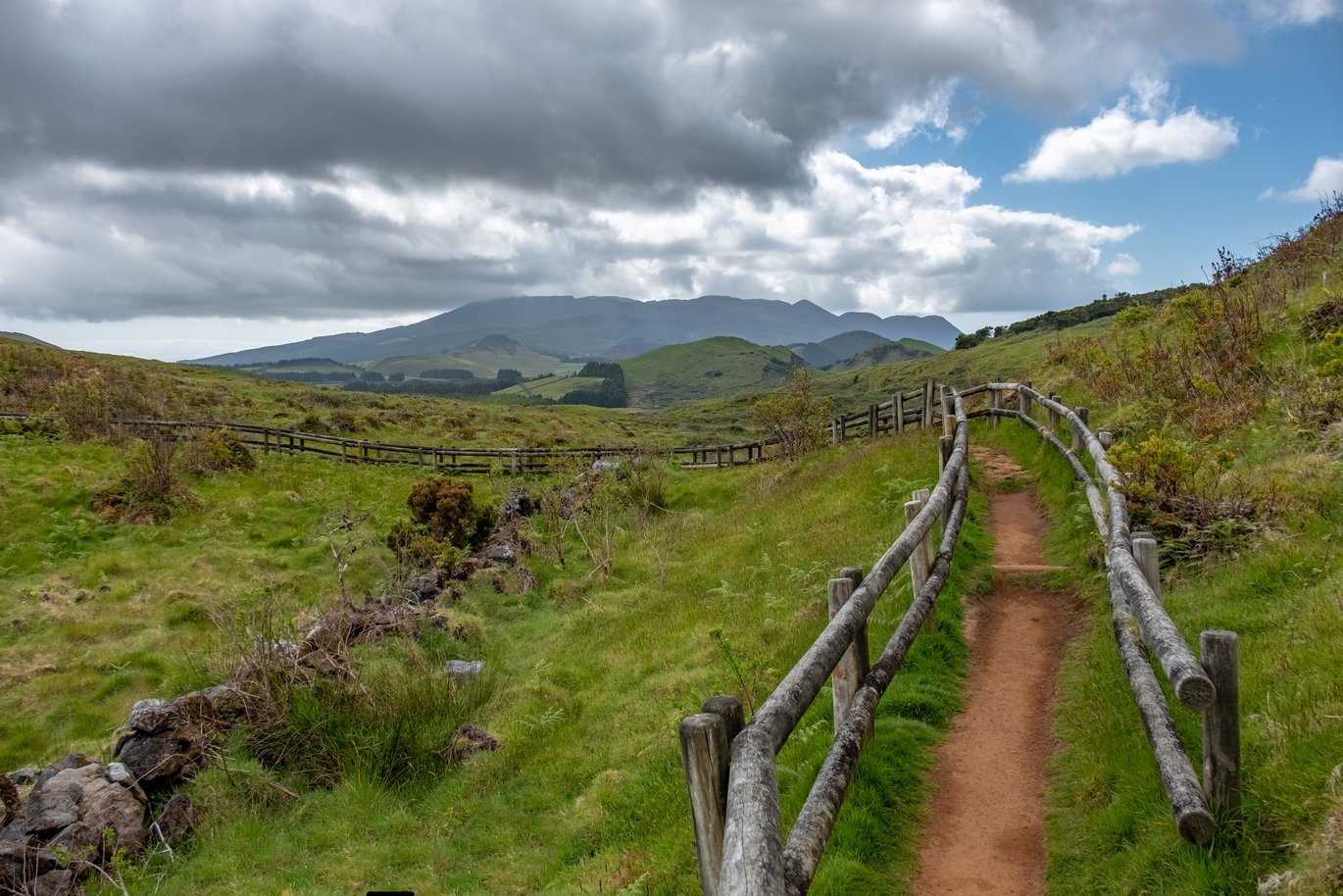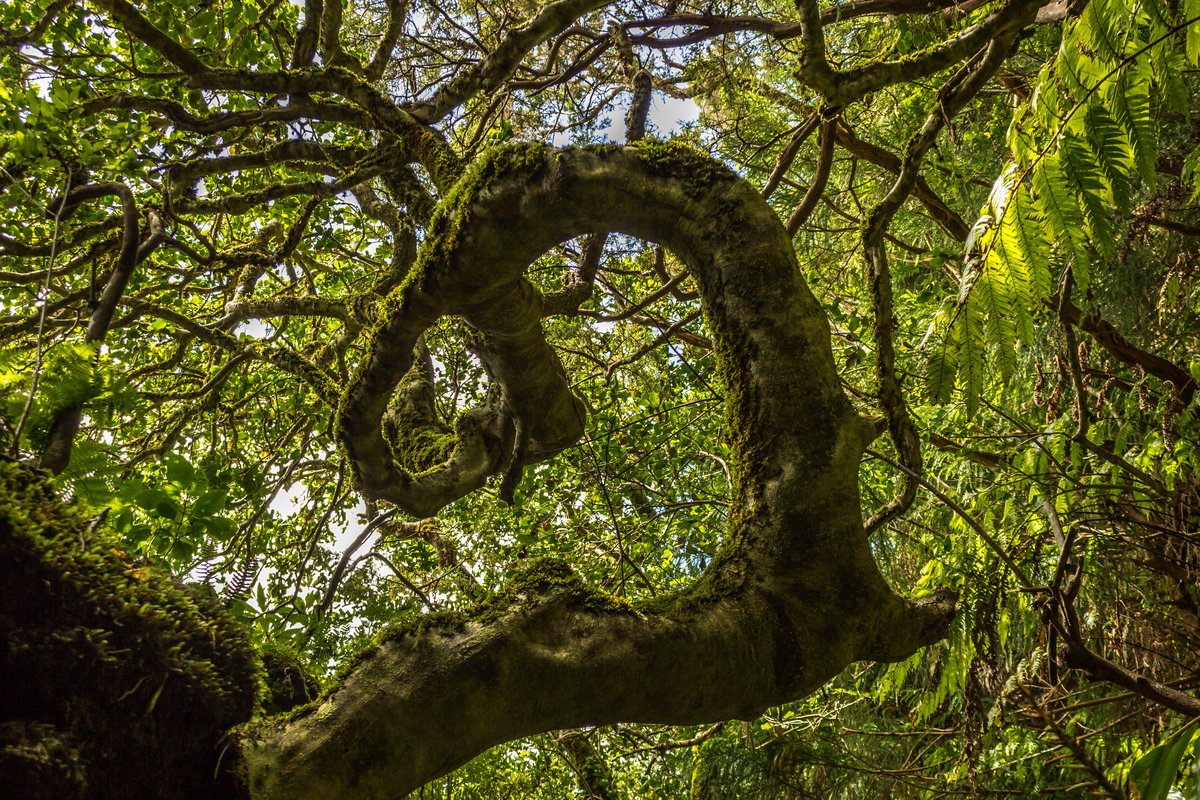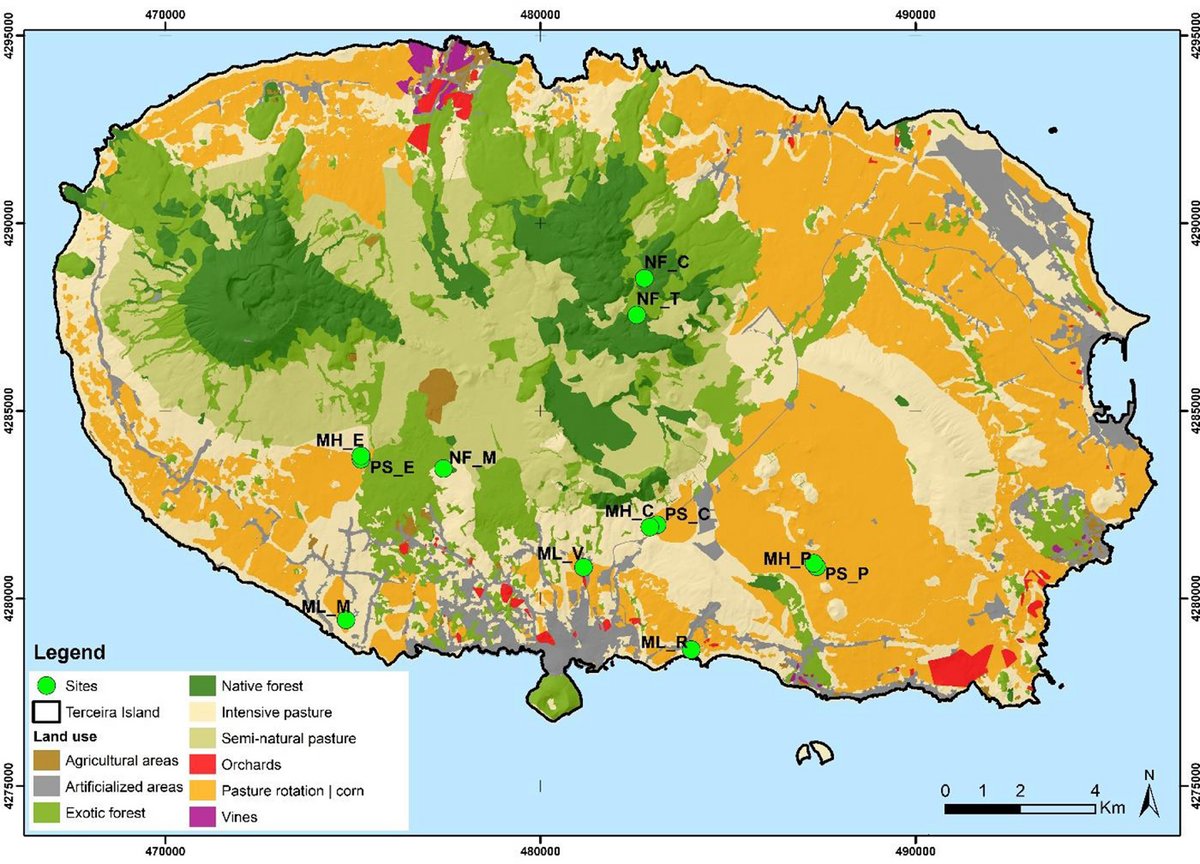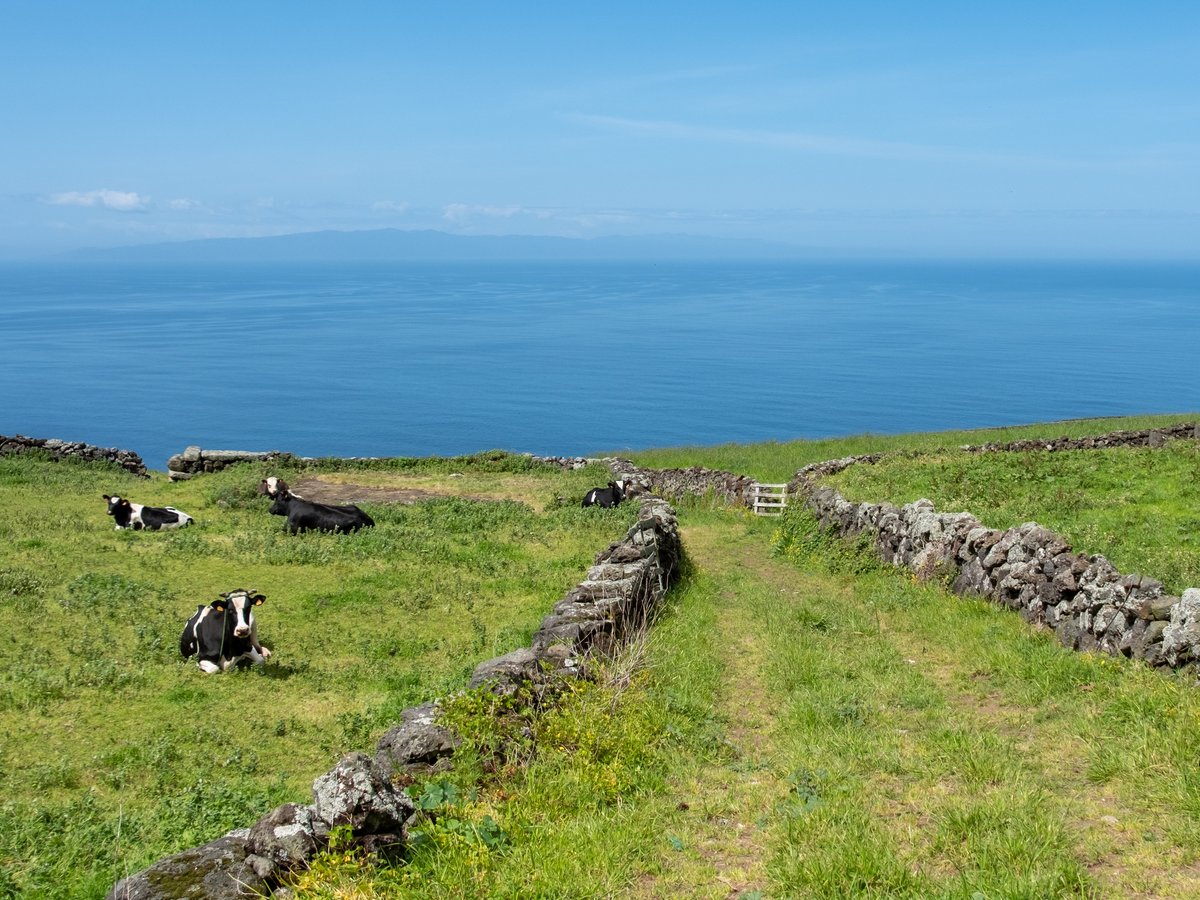We now know exactly what happens in nature when we fell forests
Deforestation is the biggest threat to the planet's ecosystems, and new research has now mapped out exactly what happens when agriculture replaces forestry.

Humans first started farming about 12,000 years ago. On the shores of the Euphrates and the Tigris, in what is now Iraq and Syria, small groups of people started to grow peas, lentils and barley independently of each other. They felled trees to make space for fields and animals, and in so doing began to shape nature according to the needs of humans.
Back then, our ancestors already knew that, after the forest was felled and the fields were established, some of the animals and plants that had previously thrived would disappear. Today, we know that modern, intensive agriculture is one of the biggest threats to biodiversity on the planet.
However, we actually know very little about what specifically happens to plants, insects and animals in the ecosystem when a forest is felled and the soil is ploughed and planted.
Therefore, Gabor Lovei from the Department of Agroecology at Aarhus University and a number of Portuguese colleagues decided to investigate. On the island of Terceira in the Azores, there is still a part of the original forest. For this reason, the island made a good place to study how agriculture affects original nature.
However, when Gabor Lovei saw his results, he was a little surprised.
"The changes in the ecosystem were less extensive than I’d imagined. True enough, there were fewer large and small animals in the fields, but on a number of other parameters, activity in the ecosystem had actually increased," he says.

The unique nature on the Azores
Until 1427, very few people had set foot on the Azores. Recent archaeological findings suggest that the Vikings perhaps visited the islands many hundred years before the Portuguese, but it was not until the 15th century that humans settled there permanently.
For thousands of years, the Azores were left untouched and lush in the middle of the Atlantic. Deep-green trees and plants thrived because of the islands' combination of high heat, frequent precipitation and volcanic soil.
After Portuguese sailors accidentally discovered the forested mountains in the middle of the Atlantic in 1427, everything changed.
Smallholders, who were tired of the royal favours poured on manor houses in Portugal, packed their picks, shovels and hoes and sailed out to the Azores. They felled the forest and planted wheat and other crops.
Unlike at home on the mainland, the farmers reaped huge yields at harvest. Rumours spread and farmers poured to the islands. Large parts of the forest quickly disappeared and were replaced by agricultural land. Only the parts of the forest in the most mountainous and inaccessible areas, where the soil was too difficult to cultivate, were spared.
And it was precisely this original forest that Gabor Lovei could use in his research.
"In Denmark – and most other places in Europe – the forest is not original. It has been felled, replanted and changed by humans for thousands of years. In the Azores, on the other hand, there is completely original forest – and it’s gold for this type of research," he says.
Gabor’s clever trick
Normally, when entomologists or ornithologists study how agriculture affects different species, they jump into their hiking boots and go out into fields, meadows and forest fringes to record everything they find. They do so systematically, at different times of the day and repeatedly.
However, the method does not tell us as much about how the entire ecosystem reacts to changes. Only about the animal populations.
So when Gabor Lovei set out to investigate how the entire ecosystem reacted to forest felling and field establishment, he had to use other methods.
First, he planted a number of full-grown lettuces in an original forest, on cultivated fields, and on grazing fields for cows. The plants were left for two weeks. After the two weeks, he recorded the area covered by the lettuce, and how much had been eaten. In this way, he could measure the extent of the plant-eating activity in the ecosystem.
He repeated the same process with larvae to determine the scope of the hunt for insects. The more larvae eaten, the more animals – e.g. birds, rodents and frogs – lived in the area. He also put out small boxes of seeds to see how many disappeared. He dug teabags ten centimetres into the soil to examine the activity of the microorganisms in the soil that break down organic matter.
And finally, he planted strawberries to learn more about the pollination in the different areas.
Together, all these small experiments formed a picture of how the ecosystem as a whole changes when forest is felled and fields are planted.

Fewer animals in the fields
Of all the parameters Gabor Lovei studied, the greatest difference was in the number of insects eaten. In the forest, significantly more larvae disappeared than in the cultivated field and grazing areas.
This suggests that there is more wildlife in the forest, he explains.
“Larvae are typically eaten by rodents, birds and lizards. Our findings suggest that there were significantly more of them in the forest, because more larvae disappeared between the trees,” he says.
The seeds also disappeared more quickly in the forest.
"The humidity is higher in the forests, and this means that several different invertebrates can live there. Animals like snails and beetles, which eat seeds.”
With regard to pollination and the number of microorganisms in the soil, he did not find any difference. In fact, plant pollination was slightly higher on the maize fields than in the forest. However, this does not necessarily mean that there are many different species of bee. There are usually only a few plant types on cultivated fields. For this reason, the same few bee species are responsible for pollination.
What can farmers do?
When local farmers fell forest, biodiversity is lost. Gabor Lovei has clearly demonstrated this in his experiments. But can his results also say something about what farmers can do to get some of the biodiversity back on their fields?
Yes, he explains. They can. The results provide a completely new understanding of which parts in the ecosystem will be affected.
"We clearly see that snails and beetles have a hard time on the fields. To get them back, farmers can leave small pockets of natural vegetation in the fields. For example, they can leave roots from dead trees to rot. This will attract many kinds of beetles,” he says.
Another problem with the fields is that we humans bring with us animals, plants and microbes that do not belong there naturally when we grow our crops. For example, rats invaded and displaced a large part of the indigenous fauna on the Azores.
"By making space for small pockets of non-cultivated nature in and around the fields, we know that the native species will survive more easily. They’re simply more resistant to invading species,” he explains.

Can the results be transferred to Denmark?
Nature in the Azores is very different from Denmark. Denmark is colder, the soil is different, and we have virtually no original nature left.
Nevertheless, the results from the Azores can be transferred to Danish conditions, according to Gabor Lovei.
"Such comprehensive experiments have never been conducted on the European mainland, but some of the parameters have been studied in other European countries. The pattern was roughly the same. Therefore, we can assume that Danish nature reacts more or less in the same way to deforestation and cultivation," he says.
“However, agriculture is not all that threatens biodiversity. Cities and gardens also restrict where animals can live. That’s why it's important to do something in our own backyard,” he concludes.
Sowing flowers and trees that belong naturally in Denmark – and not exotic plants – can make a big difference. Plant Danish trees and Danish flowers and stop mowing the lawn. This will make a huge difference for many species.
| About the research | |
|---|---|
| Type of study | Field experiment study |
| Conflicts of interest | The researchers declare that there are no conflicts of interest in connection with this research. |
| Link to the scientific article | Gains and losses in ecosystem services and disservices after converting native forest to agricultural land on an oceanic island |
| Contact information | Gabor Lovei, senior researcher emeritus Department of Agroecology Mail: gabor.lovei@agro.au.dk Phone: +45 30 51 64 61 Jeppe Kyhne Knudsen Journalist and science communicator Mail: jkk@au.dk Phone.: +45 93 50 81 48 |
